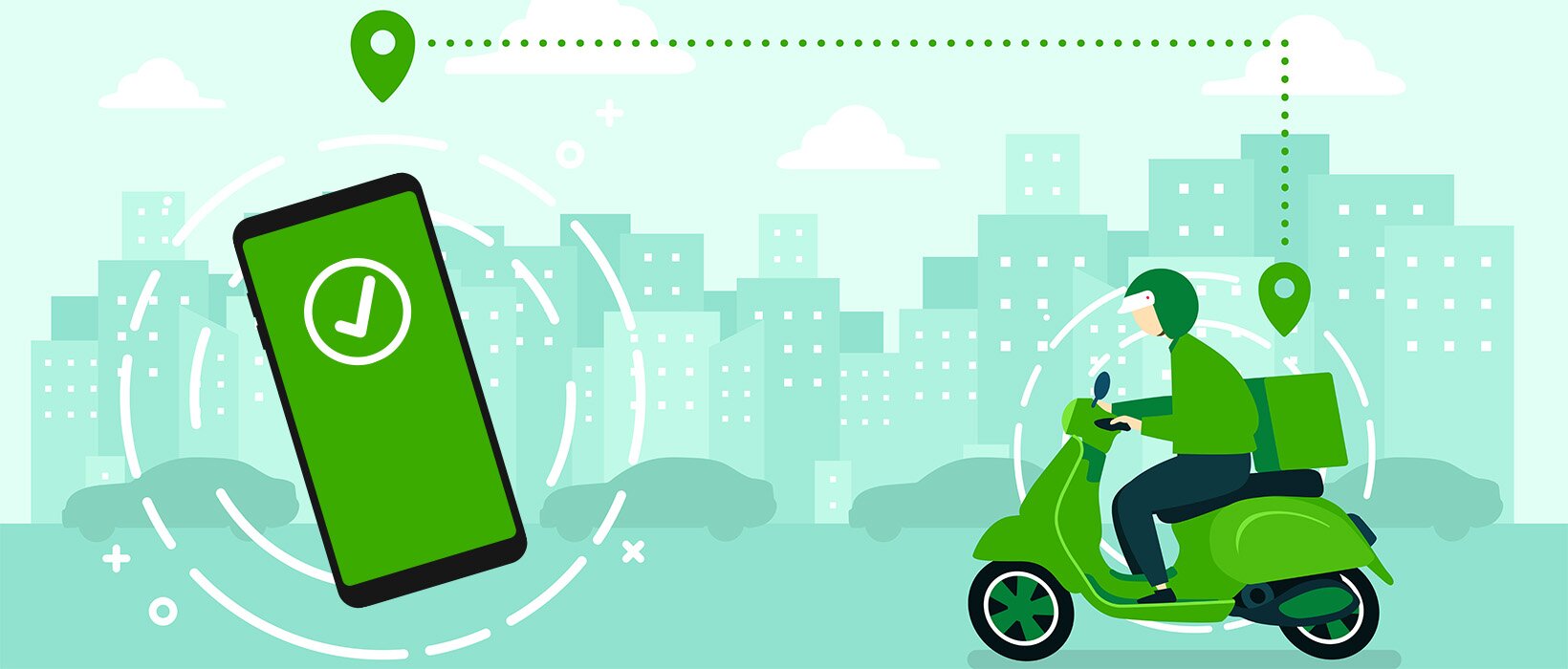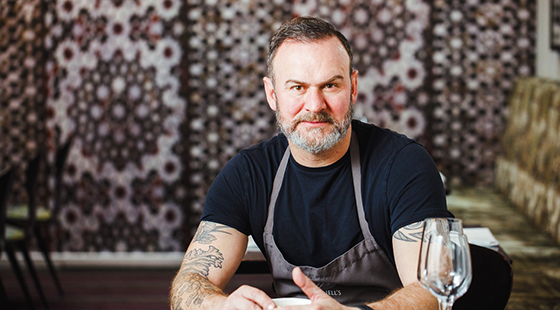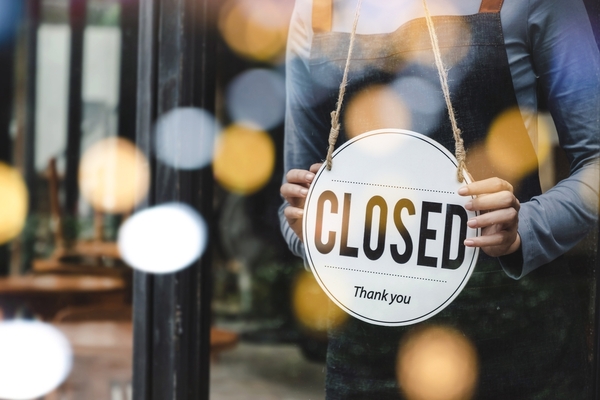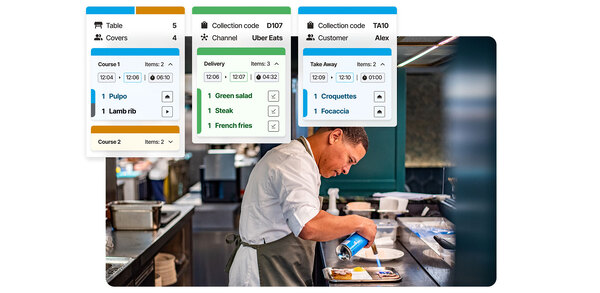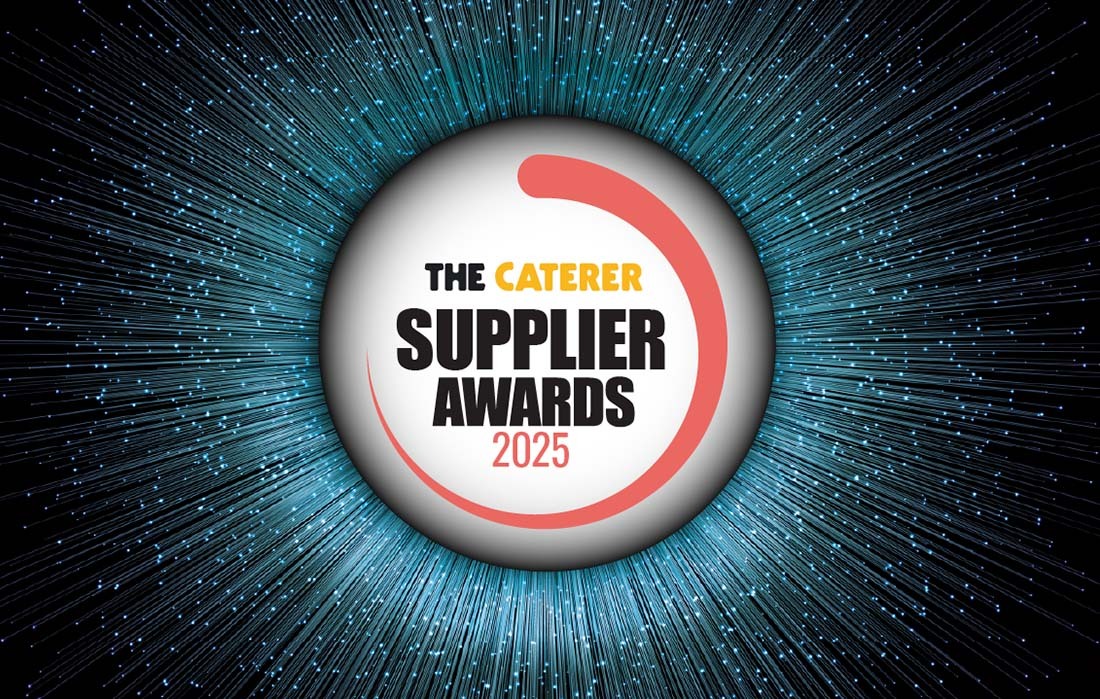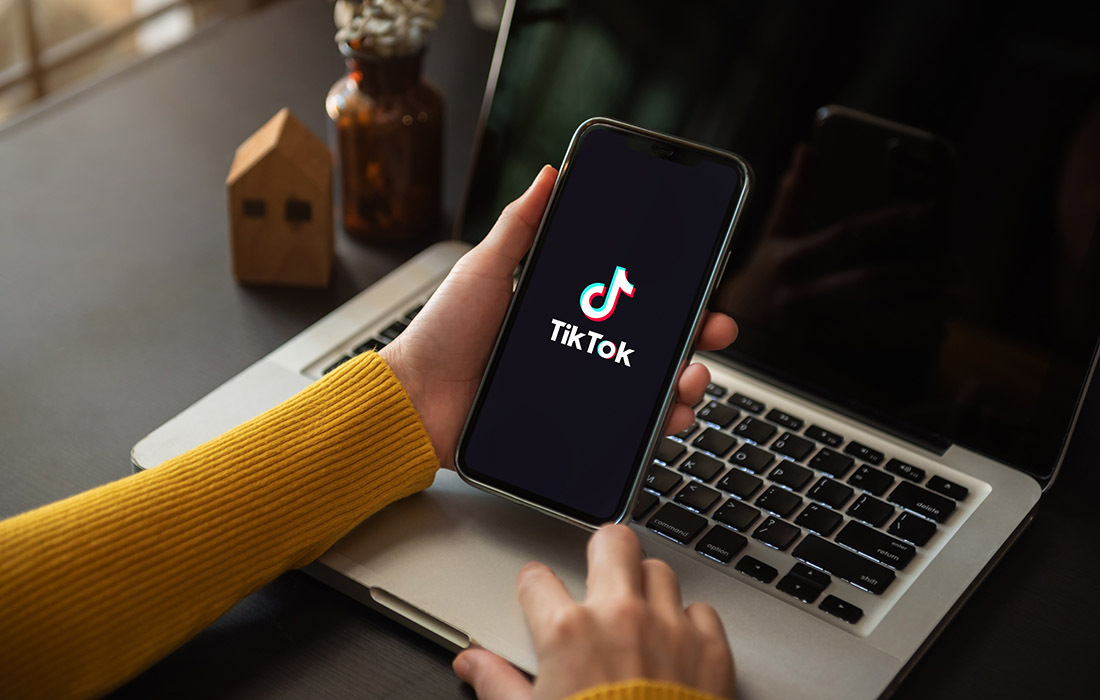Technology Prospectus 2021: tech to drive your delivery strategy
Adoption of mobile ordering technology has skyrocketed in 2020, so now the race is on to get the best technology to support the drive to delivery. Elly Earls reports.
Over the past five years, the adoption of mobile ordering and payment systems has been steadily – if slowly – rising. But over the last five months, that adoption rate has skyrocketed, with both customers and businesses forced to realise the potential of technology to both limit physical interaction between staff and diners on-site and connect them digitally when it’s impossible to visit.
Statistics released by Zonal in October revealed that contactless food and drink orders at pubs, bars and restaurants across the UK almost doubled between July (7.3 million) and September (13.5 million), while touchless ordering and payment provider QikServe saw its business grow by 400% in the last six to eight months.
“Customer adoption has been phenomenal as they have seen this as a safer way to interact. They can also still access the same restaurants they accessed before from home,” says QikServe founder Daniel Rodgers. “We’ve crossed the chasm from a digital transformation perspective; the whole consumer mindset has changed. And nothing’s going to take that back.”
The important thing for hospitality operators to remember now is that mobile ordering has the potential to do much more than meet their pandemic demands. They need to think about how to leverage the benefits that it can bring to their businesses in the longer term.
Creating new revenue streams
At QikServe, the biggest growth area in 2020 has been in off-premise ordering – customers ordering food for pick-up, collection or delivery. “This has been one of the key ways the industry has sought to fill the revenue gap,” Rodgers says. “And we’ve made some fundamental changes to our product that have proven really valuable to the industry.”
For example, on the online ordering platform, QikServe has introduced a new feature that gives operators the ability to identify a vehicle when it arrives, facilitating a contactless handover experience. The customer simply opens the boot of their car, which staff recognise due to its registration and colour, the team member puts the food in the back and they drive away.
Adrian Maseda, chief executive and founder of online ordering platform Cheerfy, has also focused this year on helping businesses generate new streams of income. He created the Cheerfy Shop during the first lockdown to help businesses drive sales while they were shut and find ways to generate revenue from audiences who already loved their brands.
“Simply put, it turns a business’ existing website into an e-commerce platform allowing it to sell products directly to customers, which could be bags of coffee, branded merchandise or even playlists,” Maseda explains.
Businesses can also use it to provide a click and collect and delivery function through their existing website, giving them ownership of the delivery process and autonomy of all of the data that is collected, allowing them to move away from third-party providers and the associated costs.
“While the outlook for hospitality over the next six months is uncertain, what’s clear is that operators will need to be dynamic in how they drive sales,” Maseda says. “Lockdown proved just how resourceful and creative the industry is, and the ability to pivot, commoditise their brand equity and sell products remotely via an e-commerce platform will be a vital tool in operators’ arsenal as they look to drive revenue and negotiate the challenging months ahead.”
How to get pay-at-table right
A new pay-at-table product, which QikServe brought into the market at the beginning of the year, has also proven incredibly popular. “Customers can scan a QR code, receive their bill, pay it on their phone and split it with friends. What we’ve seen is that this has become a contingency and fall-back for traditional payments,” Rodgers explains.
“Restaurants don’t want to deal in cash and customers are resistant to touch, so the more we can move onto the customer’s own mobile phone the better. We’re starting to see adoption rates of digital payment at table of 50%.”
The key to success with mobile payment, according to Graham Cornhill, managing director of mobile payment provider Wi-Q, is to give customers options.
“So many solutions just rely on a QR code for guests to gain access, but a good solution will deliver multiple choices of access from QR to SSID [service set identifier], NFC [near-field communication] or URL,” he says. “If you want your digital ordering platform to reach everyone, you mustn’t fall into the trap of believing everyone understands or uses QR codes.”
Find a solution with longevity
There’s been a deluge of new mobile ordering, click and collect and delivery options in 2020, as well as upgrades and tweaks to existing solutions. The big question many operators are asking is how to sift through the noise and find one that will stand the test of time.
Cornhill says the first question to ask would be ‘how long has the supplier been established?’ “Solutions that have been developed over just a couple of years will be lacking in experience and product features, let alone critical integrations. Try not to look for solutions that just solve today’s pandemic demands; Covid-19 will pass and you will want a solution that has longevity,” he advises.
It’s also crucial to consider systems integration and how well-suited your latest choice of technology provider is with your existing stack, says George Wetz, chief technology officer at Yumpingo, a digital platform that helps businesses track and optimise their online reputation and guest experience.
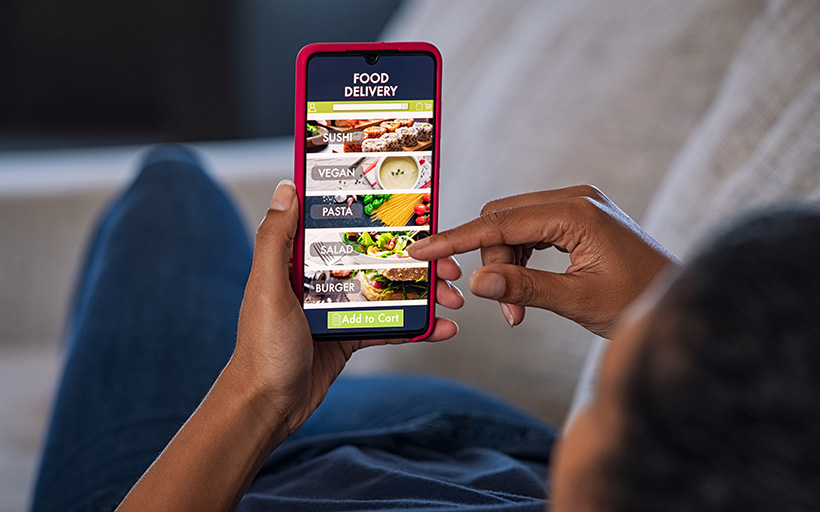
“Many IT leaders keep an up-to-date diagram of their stack and integrations, making it easy to visualise dependencies and evaluate where and how new providers will fit in. Be wary of providers that don’t offer integrations out of the box or don’t show willingness to want to undertake integrations for you – these new technologies need to be a part of an ecosystem that works collaboratively, to provide the best solutions for operators.”
Cornhill’s advice is to take time out, write down everything you would like the solution to deliver, both today and in the future, and then set that as your criteria. “After all, a good solution should deliver good returns and, in many ways, cost is irrelevant as it is financial return one should focus on,” he stresses.
Start small, then scale a solution
Delivering a credible digital ordering solution can be complicated. If any supplier tells you it isn’t, you should probably walk away. As Rodgers explains, “At the beginning of lockdown we were putting up online ordering sites in less than 48 hours. I always say the most important thing anyone can do is take that first step and start, but you have to bear in mind that by taking that approach you’re going to have some housekeeping clean-up work to do on the back-end because your operation will need to catch up with the technology.”
Nick Liddle, commercial director at digital ordering platform Vita Mojo, stresses that technology cannot solve everything. “Operators shouldn’t expect technology to move mountains. It is important to be realistic when managing technology implementation projects; start small, learn and then scale a solution. Put your customer at the centre, and focus on solutions that will create the best experience for customers.
“Trying to do everything at once will actually achieve less. Unfortunately, you can’t just switch a button to make it all work; technical integrations with different partners will need work, care and attention. However, committing the correct level of resource to deal with the project will guarantee greater chances of success. Getting your staff on board early in the process so they can see what’s in it for them and how it impacts their role is also key.”
The rise of the digital consumer
For Rodgers, while 2020 has been – and continues to be – an incredibly difficult time for the hospitality industry, there are certainly some positives to be taken.
“It’s a huge opportunity. The industry will come out much stronger because of the opportunity that digital will afford in terms of knowing and engaging customers.”
Indeed, one of the most important long-term benefits mobile ordering technology can bring a business lies in the data it can collect about consumer preferences, which can then be used to personalise each guest’s experience.
As Cornhill explains: “There is the assumption that mobile ordering can prevent a personalised service – in fact, the opposite is true. Through technology like Wi-Q, you have access to customer insights that can prompt them with a menu choice they might like at a particular time of day, or even tailor menus and payment types to cultural preferences based on language selection.”
Wetz agrees: “As we get through this pandemic, a guest using their smartphone to check-in, review the menu, order, pay and review will no longer be about safety and much more about providing guests with options for digital engagement to enhance their dining experience.
“Due to Covid, this has been either driven by the need for contactless to support safety measures, but many operators have also been driven by the longer-term benefits of reduced front-of-house costs, faster table turn times and the ability to capture data, enabled by self-checkout. This was a trend we thought would take another two to three years, but Covid has made it seemingly happen overnight.”
Once the dust settles, the next task will be looking at how we take personalisation to the next level. And what data and information do we need about guests to enable it? “Some operators are already thinking about this, but most aren’t. It will be a key differentiator of the future,” he concludes.
QikServe goes to Legoland
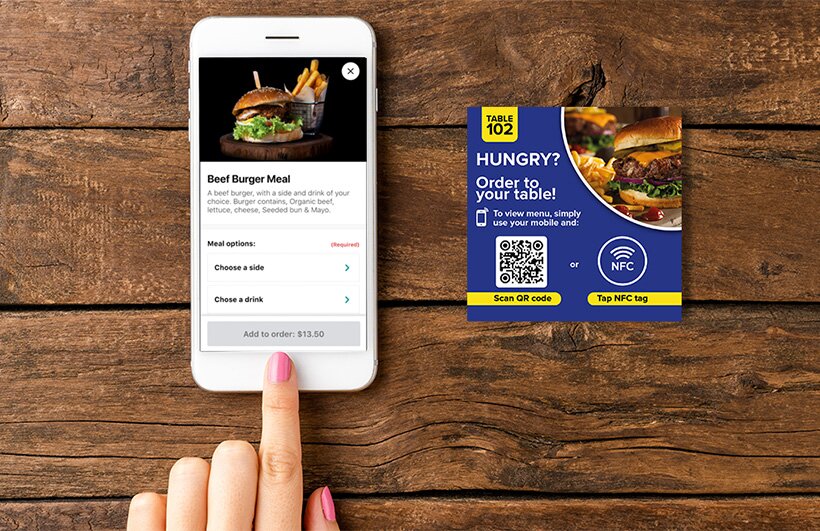
Merlin Entertainments has partnered with QikServe to bring digital ordering and kiosk solutions to guests visiting its resorts, including order-to-table, kiosks and order ahead. Hotel guests can also make use of a new order-to-room service.
The new technology is already available at resorts including Alton Towers, Chessington World of Adventures and Legoland Windsor in the UK, with plans under way for further implementations at Legoland California, Florida, Heide Park and Thorpe Park.
Simon Nathan, head of project delivery at Merlin Entertainments, says: “The safety of our staff and guests is always our top priority. By allowing guests to use their own phones to order food and drink throughout our resorts means we can reduce physical touchpoints and make social distancing a little easier for everyone.
“Digital ordering has been a key part of our guest experience well before the pandemic, but it has also allowed us to protect revenues by adapting quickly and effectively to the constantly changing restrictions.”
One of the most recent installations is at the Zafari Bar & Grill in the Chessington Safari hotel at Chessington World of Adventures Resort. There, guests use their mobile devices within the restaurant to scan a barcode and open a digital menu on their phones. They then enter their table number, select their order and pay – all in a safe interaction.
Daniel Rodgers, founder and president of QikServe, says: “Merlin Entertainments is giving guests the power to choose their ordering journey and at the same time, benefitting from detailed customer data collected with each placed order; this will serve to enhance personalisation in its customer marketing.”
Vita Mojo helps businesses embrace digital evolution
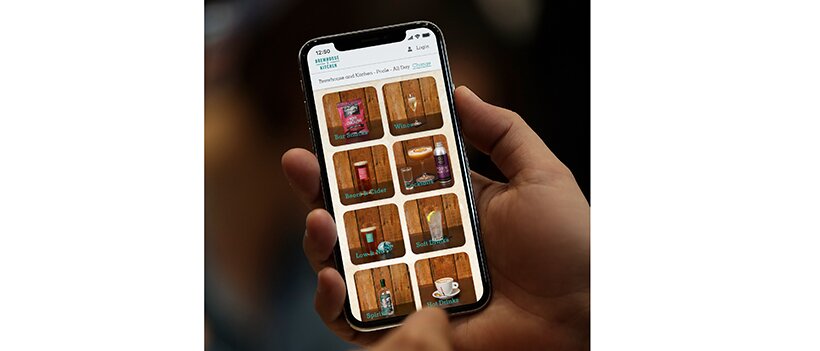
Digital ordering platform Vita Mojo offers mobile order and pay, click and collect, delivery and POS, all integrated with operators’ back of house systems, and has been a key partner in Brewhouse & Kitchen’s transformation into a digitally enabled pub group.
“Brewhouse & Kitchen is adapting and changing,” says chief executive Kris Gumbrell. “Opening up new sales channels, bringing to life our digital brand, substantially increasing our average order value and transforming our customer experience.”
As for many operators, the push towards going digital in 2020 has proven the benefits these systems can bring.
“There is no question about it, technology will continue to become established within the hospitality sector,” says Vita Mojo’s commercial director Nick Liddle. “Mobile ordering will be the gateway to the rise of the digital consumer; engaged and loyal to your brand.
“Businesses will be able to track behaviour across digital channels, reward, seek feedback and promote in a targeted way. Those hospitality businesses offering the best digital experiences will thrive, in the same way those with the best food, service and physical locations champion the sector.”
In the meantime, Gumbrell says working with Vita Mojo has brought immediate value to the business. “They’ve been such an important partner over the last three months,” he concludes.
Read the full Technology Prospectus 2021 here
Photos: Shutterstock



